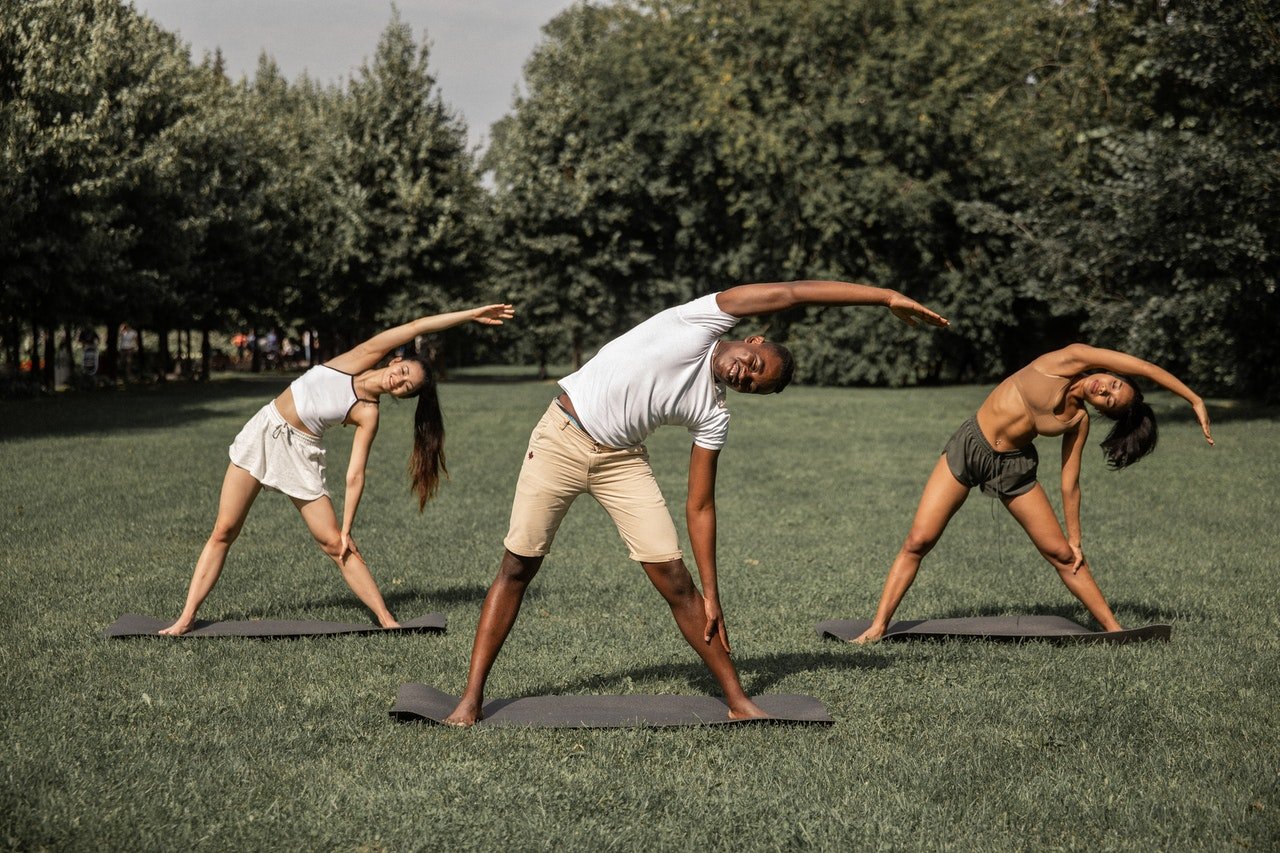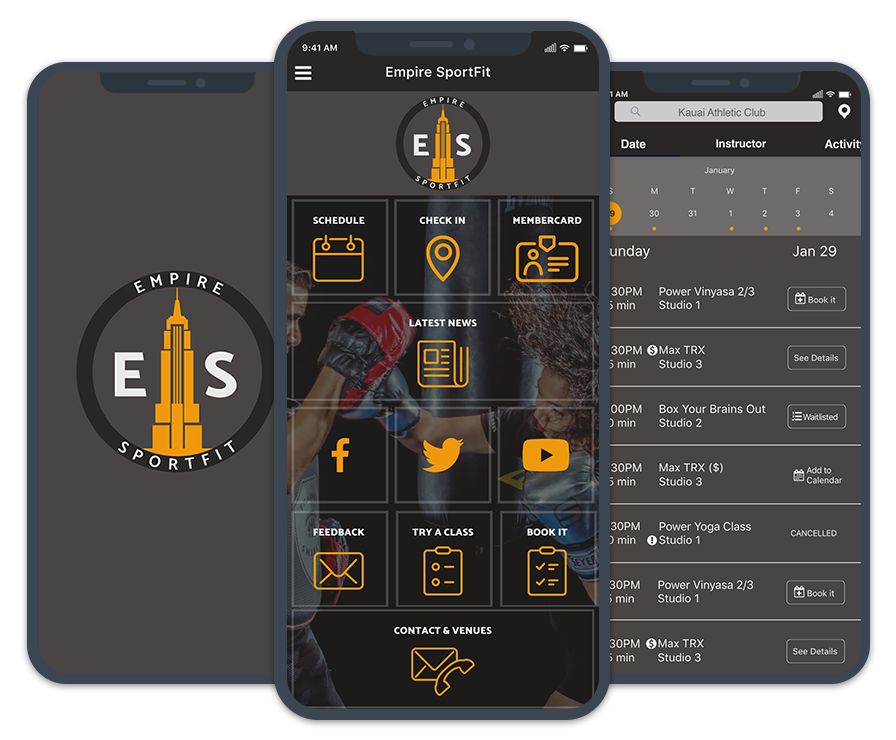If you haven’t already done so, now is the time to start planning your fitness company’s 2022 marketing calendar.
Creating a marketing calendar template and keeping it up-to-date is essential for generating revenue and meeting your gym’s financial goals in the year to come. It also helps to ensure that all of your marketing efforts are strategic, and that your marketing campaigns directly contribute to your facility’s goals and objectives.
And, by mapping out your marketing plan in a calendar, you create a centralised hub that helps your marketing team plan and navigate marketing campaigns more cohesively, efficiently and effectively.
In this blog, we’ll talk about the basics of a fitness marketing calendar—what it is, and why you need one—as well as tips on how to create a 2022 marketing calendar for your fitness business.
What Is a Fitness Marketing Calendar?
Think of your gym’s 2022 marketing calendar as a visual roadmap for all your marketing activities for the year. It should serve as a chronological guide to executing your marketing campaigns, and it’s an actionable tool that helps you achieve marketing goals within a set timeframe.
Why Do I Need a Fitness Marketing Calendar?
You may be familiar with the saying “proper planning prevents poor performance”—and this couldn’t be truer of fitness marketing. Some of the most common reasons that fitness marketing efforts fail are due to lack of strategy, lack of understanding about your target audience, lack of testing, and/or lack of tailoring and retargeting marketing strategies.
When it comes to fitness marketing, planning ahead is often the difference between a good year and a rough one. And although a marketing calendar doesn’t guarantee success, it does establish the framework your marketing team needs to create, coordinate and execute tailored marketing campaigns.
Three Key Benefits of a Fitness Marketing Calendar
Below three other important reasons you should get to work on your gym’s 2022 marketing calendar ASAP:
1. It improves communication and collaboration.
A fitness marketing calendar helps improve communication and collaboration among team members by clearly indicating who is responsible for accomplishing each task, and when it’s due. It also helps to identify any gaps in process or progress, allowing team members to tweak and tailor schedules if needed.
2. It helps your marketing team stay on track.
A marketing calendar helps team members avoid missing deadlines by providing upfront planning and foresight. It also helps your marketing team see how tasks progress on a step by step basis, which then helps them adjust accordingly to maintain realistic expectations.
3. It saves time and money.
When it comes to business, time equals money. And because a fitness marketing calendar outlines tasks and team member responsibilities upfront and in an easily digestible way, it helps reduce confusion and saves time (=money) that would have otherwise been spent trying to align your team and keeping everyone on the same page.
How to Create Your 2022 Marketing Calendar
If you’re ready to start working on your 2022 marketing calendar, follow these three simple steps:
Step 1: Plan
The first step is to define your goals and objectives. The more specific you are, the better results you’ll get—so it’s important to be very clear about what you hope to achieve.
While the ultimate goal of most fitness businesses is to generate more revenue—this can mean different things to different business owners.
Here are a few examples of objectives you may hope to achieve through your marketing efforts:
- Generate 100 new membership leads this week
- Sell 100 personal training services this month
- Attract 350 new email subscribers this quarter
Step 2: Brainstorm
After you’ve defined your marketing objectives, you need to determine how you’re going to achieve them. You’ll also want to include fundamentals like launch dates for new services, courses, programs, or classes.
To help decide which marketing campaigns and tactics are the best fit for your fitness facility, give yourself a set timeframe to brainstorm and jot down as many ideas as you can. Once you’ve written all your ideas down, go back through your list and determine which ideas are best suited for your various marketing channels and platforms.
After you’ve created your list of marketing ideas and determined your communication channels and launch dates, it’s time to input all that information into your marketing calendar template.
Step 3: Schedule
Now that you’re equipped with a list of topic ideas, it’s time to organise, categorise, and schedule them in your marketing content calendar.
Your marketing calendar template can be structured a number of different ways, and it can be as simple or complex as you’d like. For example, some fitness businesses use basic spreadsheets to create their marketing calendar templates, while others utilise more innovative technology like gym management software.
Regardless of which format you choose, start by inputting any important topics/dates that aren’t flexible, like product launch deadlines or major industry events. Then, plug in some additional content ideas in the weeks leading up to the special date or event to build up the hype and excitement. Finally, add in your content ideas that aren’t tied to a specific date, and organize them by theme or category.
Conclusion
In today’s digital age, the effectiveness of your fitness marketing calendar can be maximised by measuring the results of each marketing campaign once it’s completed.
By analysing historical data and performance metrics, you’ll be able to see which marketing campaigns were the most successful, whether or not they helped achieve your facility’s goals, and how quickly those goals were met.
This critical insight allows fitness business owners and team members to learn from past efforts in order to improve future performance, and to identify and avoid future potential pitfalls.
Did you know that EZFacility’s comprehensive report suite offers an in-depth look under the hood of your business–including financial, point-of-sale, marketing, payroll, membership and training reports?
Want to learn more? Schedule a free online demonstration and personalised product tour today.









